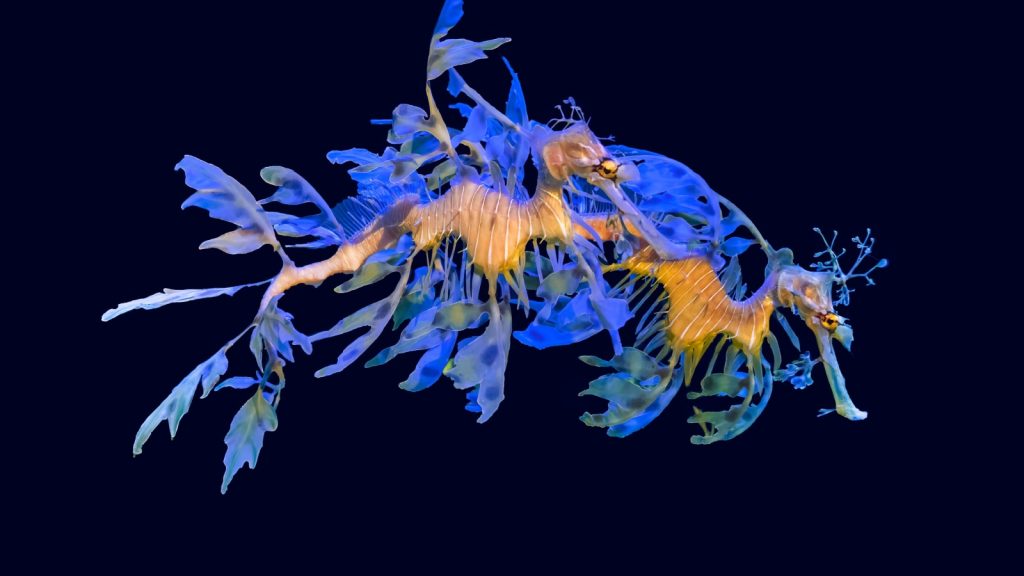Our world is full of incredible creatures, but some animals are so strange they seem otherworldly. From the depths of the ocean to remote tropical forests, these bizarre beings challenge our understanding of life on Earth. Get ready to be amazed by these 15 unbelievable animals that look like they belong in a sci-fi movie!
Blobfish
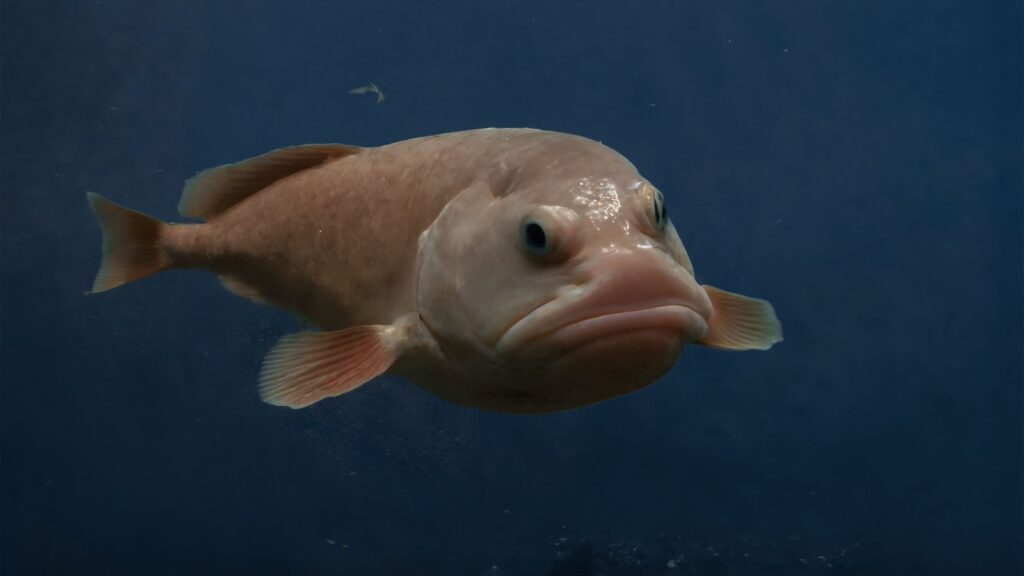
The blobfish is a deep-sea dweller that looks like a grumpy, gelatinous blob. Its jelly-like body helps it withstand the intense pressure of the deep ocean. On land, the blobfish loses its shape and becomes a droopy mess. Despite its unappealing appearance, this fish plays a crucial role in its ecosystem. The blobfish was once voted the world’s ugliest animal, but beauty is in the eye of the beholder!
Tardigrade
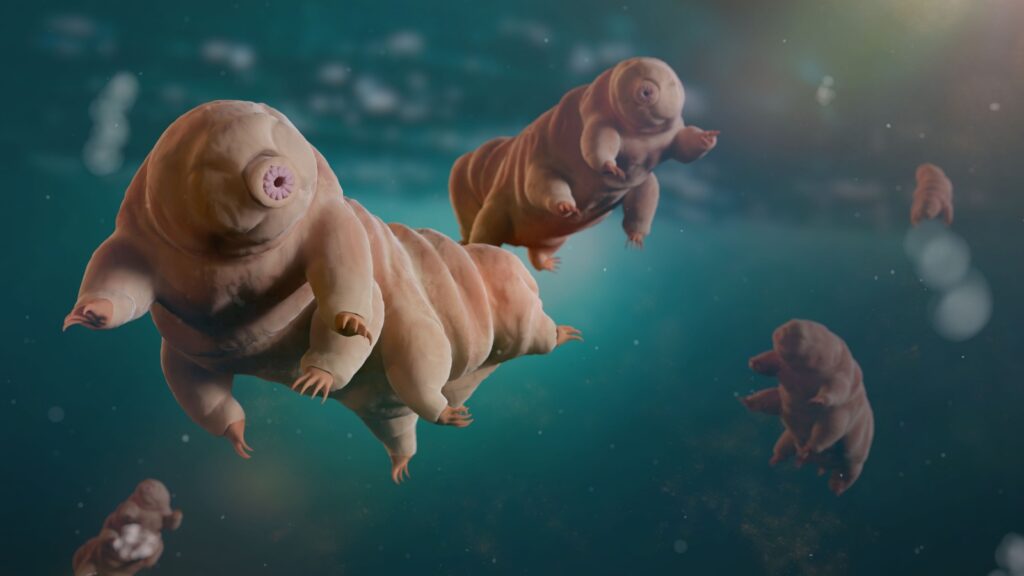
Tardigrades, also known as water bears, are microscopic animals with incredible survival skills. These tiny creatures can withstand extreme temperatures, radiation, and even the vacuum of space. They have eight legs and look like chubby, wrinkled bears under a microscope. Tardigrades can be found almost anywhere on Earth, from mountaintops to the deep sea. Their ability to enter a state of cryptobiosis allows them to survive in harsh conditions for years.
Axolotl
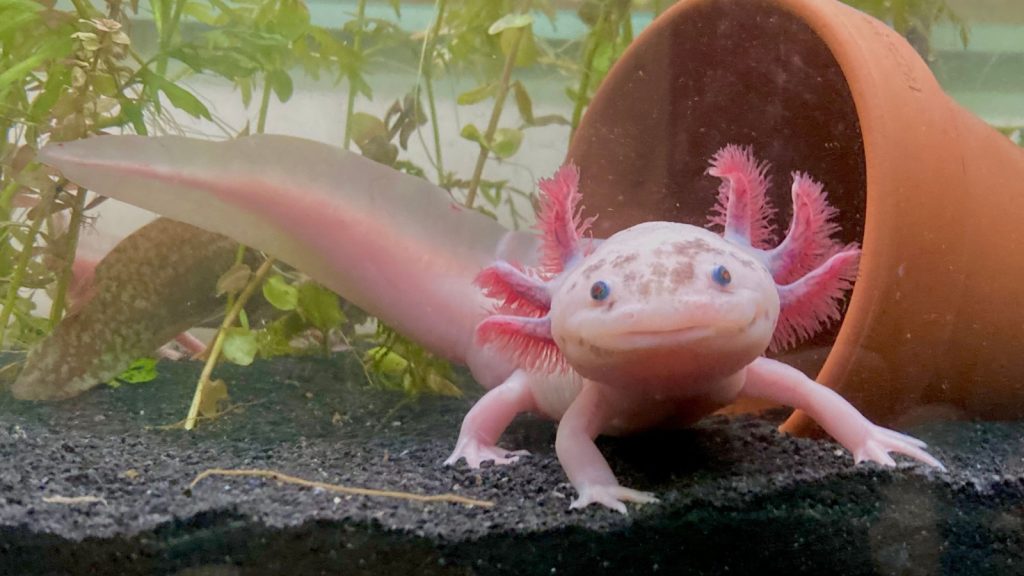
The axolotl is a salamander that never grows up. These aquatic animals keep their juvenile features throughout their lives, including external gills that look like fancy headdresses. Axolotls have an amazing ability to regenerate lost body parts, including their brain. Native to Mexico, these creatures are critically endangered in the wild. Their cute appearance and unique abilities have made them popular in scientific research and as pets.
Glaucus Atlanticus
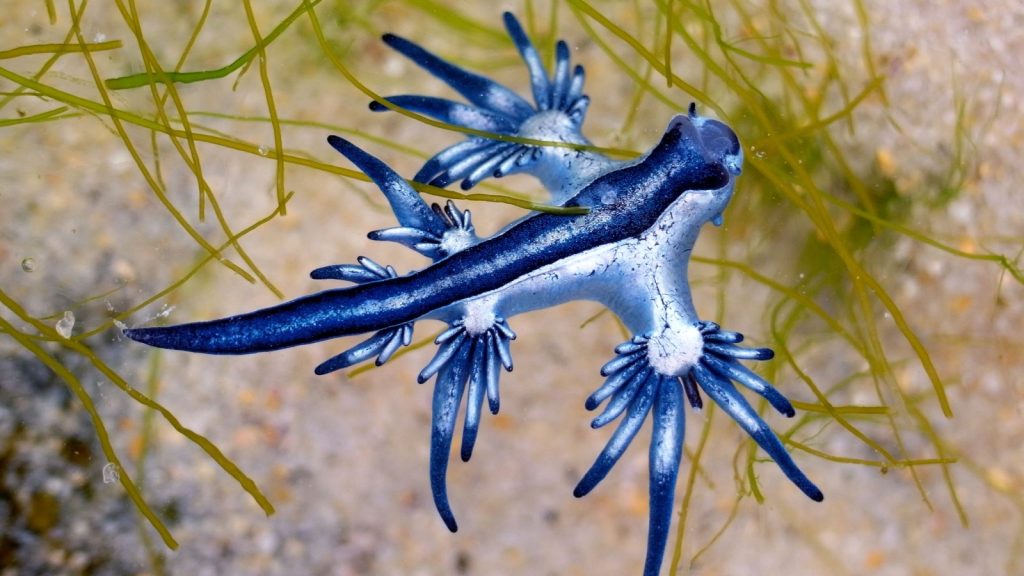
The glaucus atlanticus, or blue sea slug, looks like a tiny dragon floating in the ocean. This beautiful creature has a silvery-blue body with finger-like projections called cerata. Despite its small size (usually less than 3 cm), the blue sea slug is a fierce predator. It feeds on dangerous animals like the Portuguese man-o’-war and stores their stinging cells for its own defense. The glaucus atlanticus floats upside down, using the ocean surface tension to stay afloat.
Gharial
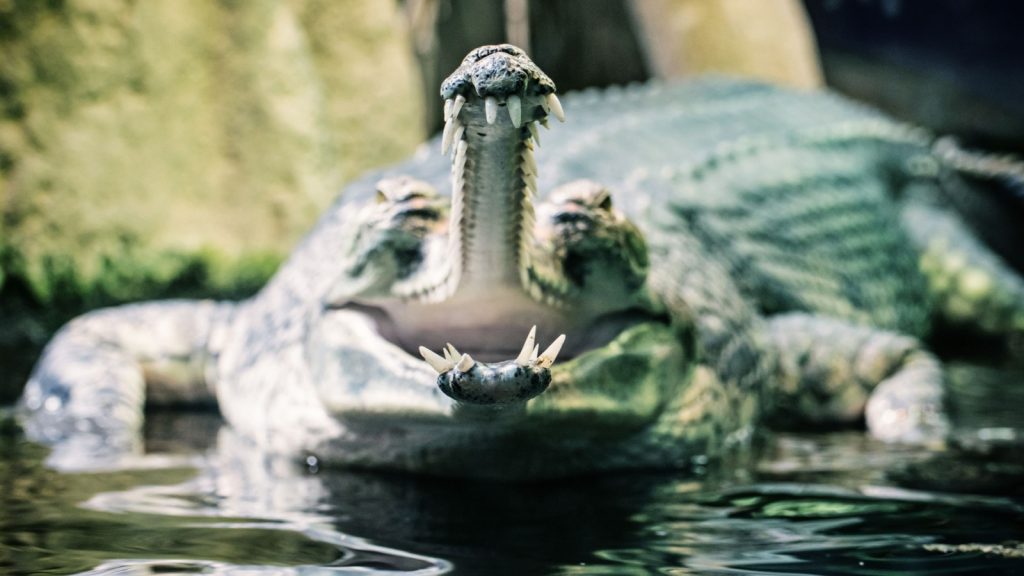
The gharial is a crocodile with a long, thin snout that looks like a pair of tweezers. This unusual mouth shape is perfect for catching fish, their main food source. Gharials can grow up to 20 feet long, making them one of the largest crocodile species. Male gharials have a bulbous growth on the tip of their snout called a ghara, which they use to make buzzing sounds during mating season. Sadly, these unique reptiles are critically endangered due to habitat loss and fishing practices.
Goblin Shark
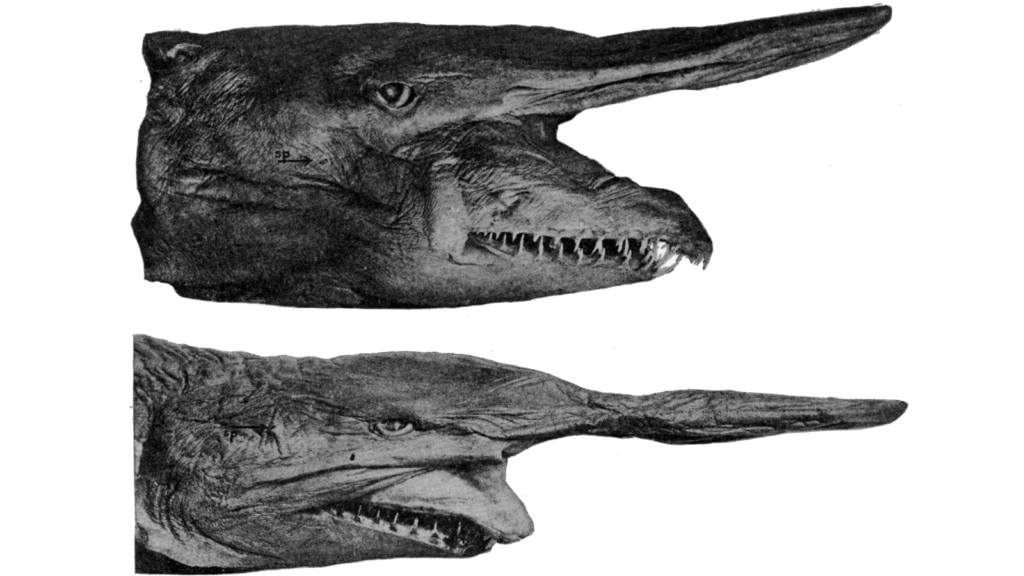
The goblin shark is a deep-sea nightmare with a protruding, blade-like snout and nail-like teeth. This rare shark species has a history dating back 125 million years. When hunting, the goblin shark can extend its jaws far out from its mouth to catch prey. Its pale pink color comes from blood vessels visible through its semi-transparent skin. Despite its fearsome appearance, the goblin shark poses no threat to humans due to its deep-sea habitat.
Aye-Aye
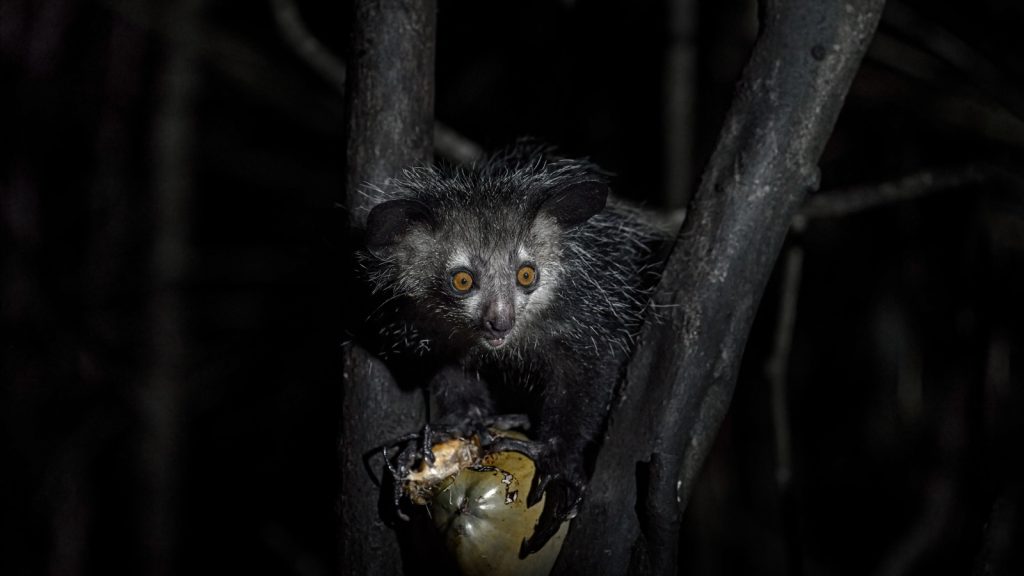
The aye-aye is a nocturnal lemur with huge eyes, bat-like ears, and a skeletal middle finger. This strange primate uses its long finger to tap on trees and listen for hollow areas, indicating the presence of grubs. Once located, the aye-aye uses its sharp teeth to gnaw a hole and fish out the insects with its elongated finger. Native to Madagascar, aye-ayes are considered bad omens by some local people, which has contributed to their endangered status.
Naked Mole Rat
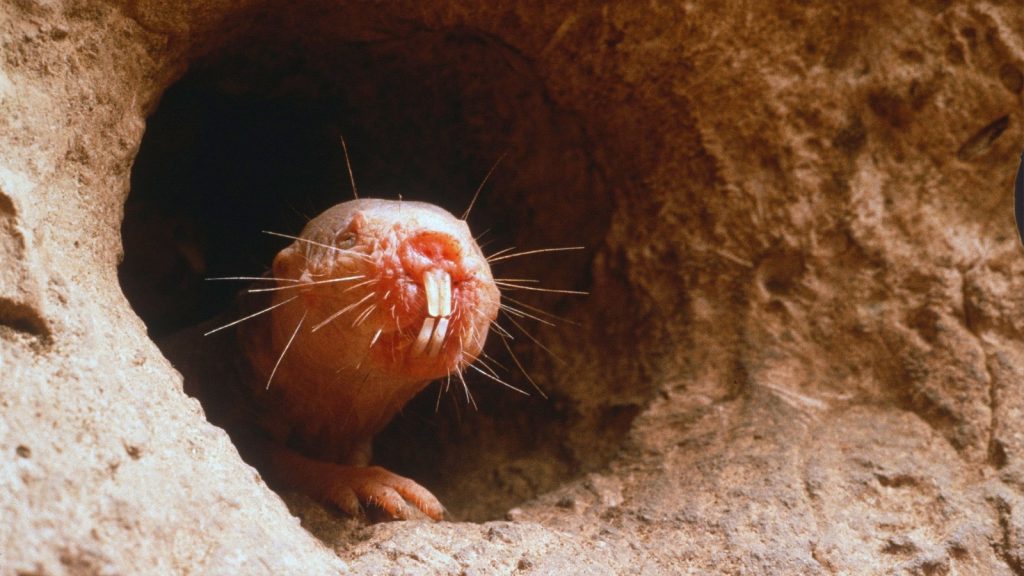
The naked mole rat looks like a wrinkly sausage with buck teeth. These hairless rodents live in underground colonies with a social structure similar to bees or ants. Naked mole rats are known for their longevity and resistance to cancer. They can survive up to 18 minutes without oxygen by switching to a plant-like metabolism. Despite their odd appearance, naked mole rats are fascinating creatures that have much to teach us about aging and disease resistance.
Platypus
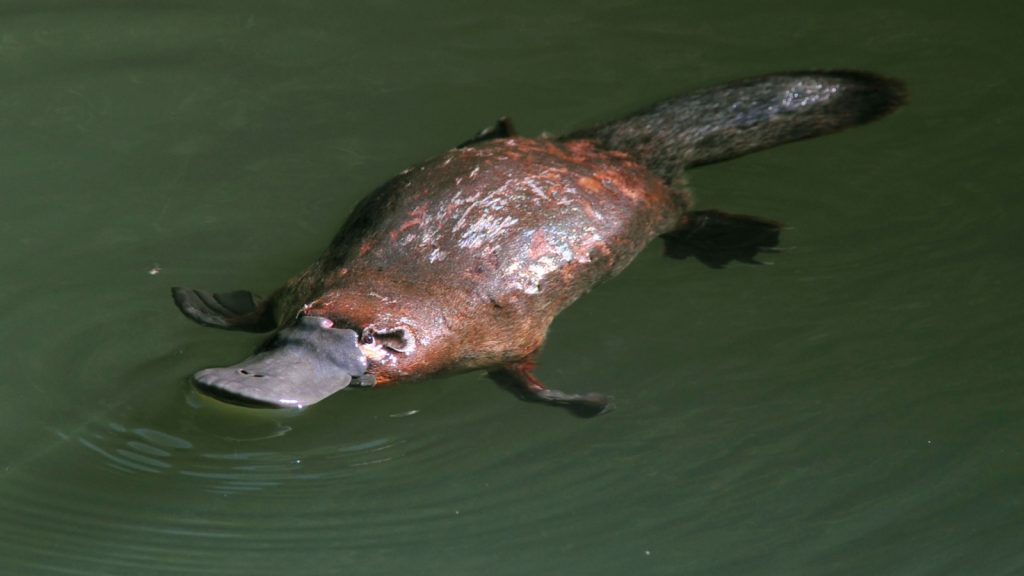
The platypus looks like nature played a practical joke, combining parts from different animals. This egg-laying mammal has a duck-like bill, webbed feet, and a beaver-like tail. Male platypuses have venomous spurs on their hind legs, making them one of the few venomous mammals. These semi-aquatic animals use electrolocation to find prey underwater, detecting the electric fields produced by their targets. The platypus’s bizarre appearance initially made scientists think it was a hoax when first discovered.
Leafy Seadragon
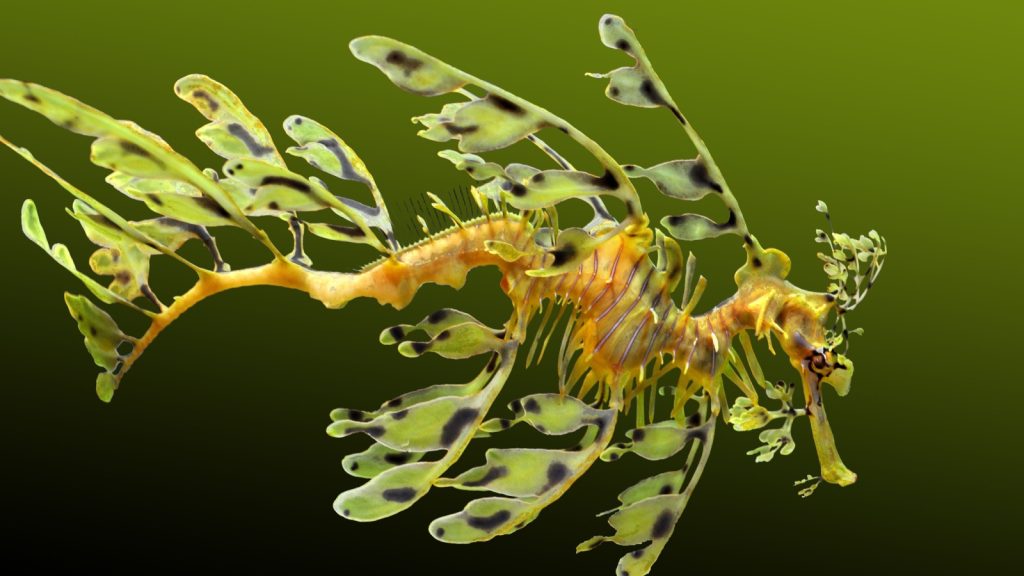
The leafy seadragon looks like a piece of seaweed come to life. This marine fish is covered in leaf-like appendages that provide excellent camouflage in its kelp forest habitat. Leafy seadragons are related to seahorses but have longer, more slender bodies. They move by using nearly invisible fins and can change color to blend in with their surroundings. Like their seahorse cousins, male leafy seadragons carry and care for the eggs until they hatch.
Pink Fairy Armadillo

The pink fairy armadillo is the smallest armadillo species and looks like a tiny tank with fur. This nocturnal animal has a pink shell and silky white fur, earning it the nickname “pichiciego” or “little blind one.” Its large front claws are perfect for digging burrows in the sandy soil of its native Argentina. The pink fairy armadillo’s shell is softer and more flexible than other armadillo species, allowing it to curl up into a ball when threatened.
Horned Lizard
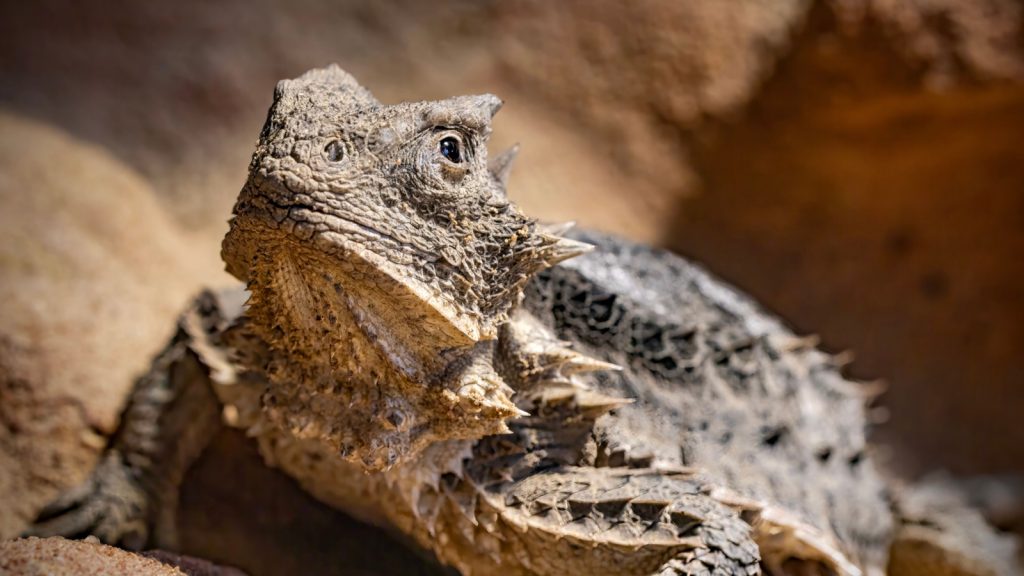
The horned lizard, also known as the horned toad, looks like a mini dinosaur. These spiky reptiles have a unique defense mechanism: they can shoot blood from their eyes when threatened. The blood can travel up to three feet and contains a foul-tasting chemical that deters predators. Horned lizards have specialized scales that help them collect and channel rainwater to their mouths. They primarily eat ants and can consume thousands in a single day.
Barreleye Fish
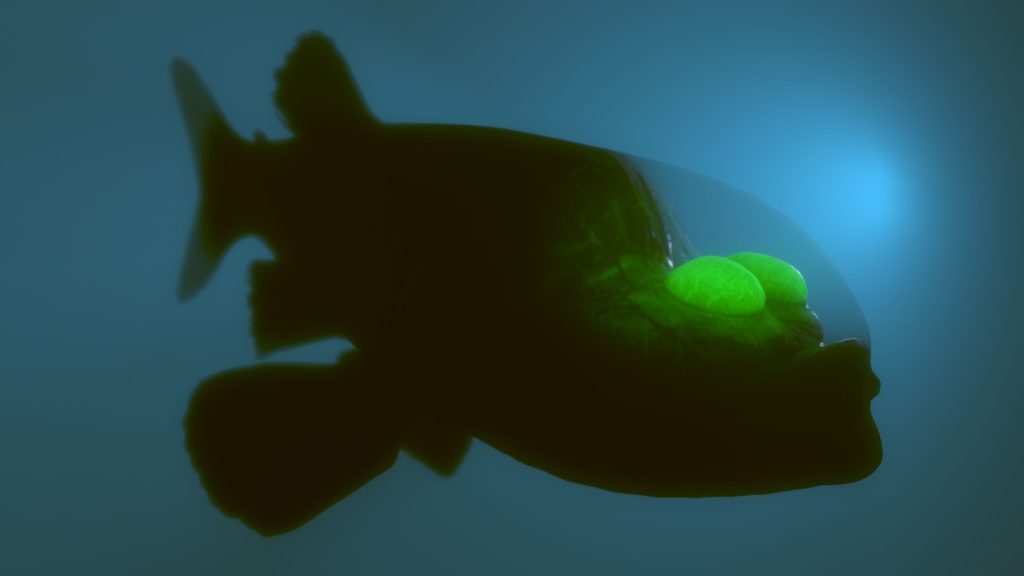
The barreleye fish looks like it has a see-through head filled with jelly. This deep-sea fish has tubular eyes that can rotate within its transparent dome, allowing it to look straight up or forward. The barreleye’s eyes are extremely sensitive to light, helping it detect prey in the dark depths of the ocean. Its green-tinted eyes may help filter out sunlight from above. The barreleye fish can stay nearly motionless in the water, waiting for small creatures to drift by before striking.
Dumbo Octopus
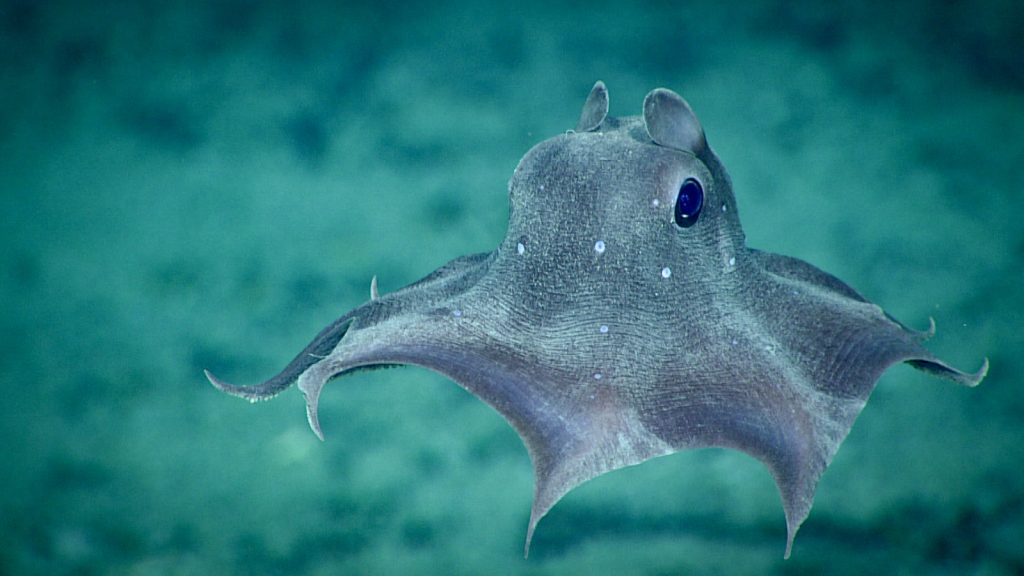
The dumbo octopus gets its name from its ear-like fins that resemble the ears of Disney’s Dumbo the elephant. These deep-sea creatures are the deepest-living octopuses known to science. Dumbo octopuses use their fins to “fly” through the water with graceful movements. Unlike other octopuses, they swallow their prey whole instead of tearing it apart. These cute cephalopods can change color to blend in with their surroundings or communicate with others.
Saiga Antelope
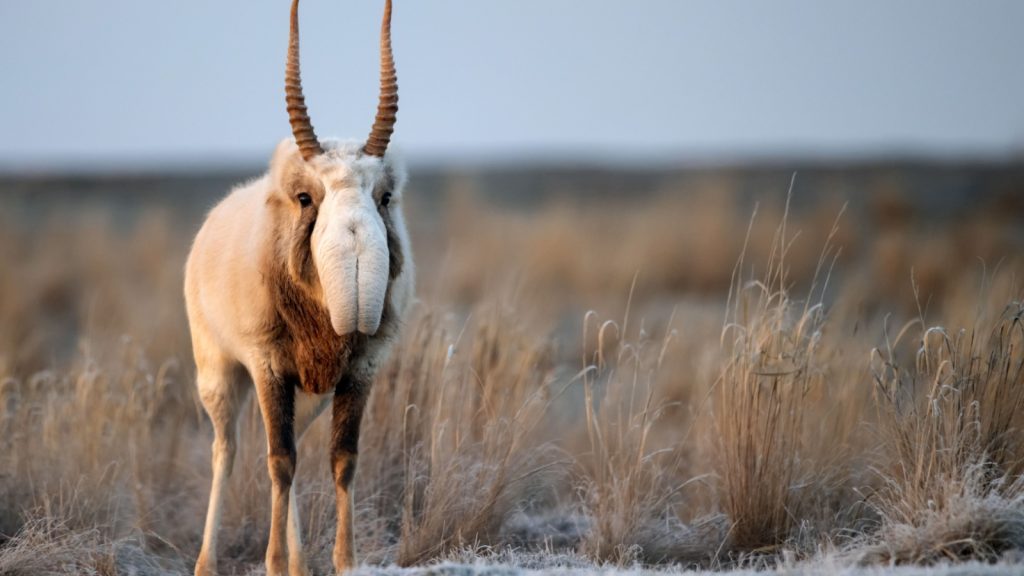
The saiga antelope has a large, trunk-like nose that makes it look like a character from a Dr. Seuss book. This unusual nose helps filter out dust in their dry habitat and warms cold air before it reaches their lungs. Saiga antelopes can run up to 50 miles per hour to escape predators. Once widespread across the Eurasian steppes, these unique animals are now critically endangered due to hunting and habitat loss. Conservation efforts are underway to protect these living relics of the Ice Age.
Katy Willis is a writer, master herbalist, master gardener, and certified canine nutritionist who has been writing since 2002. She’s finds joy in learning new and interesting things, and finds history, science, and nature endlessly fascinating.
